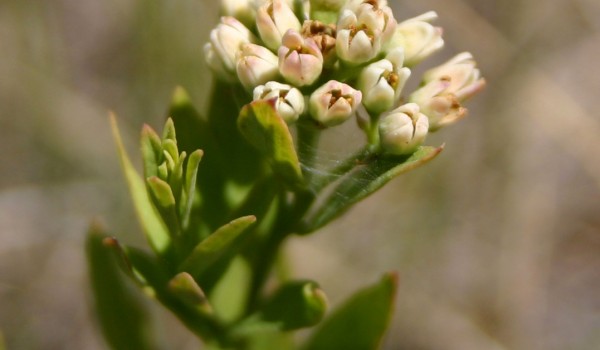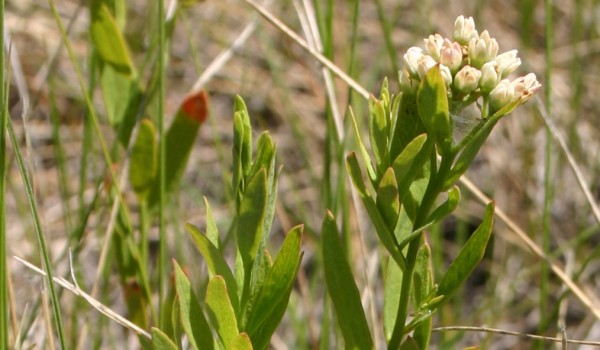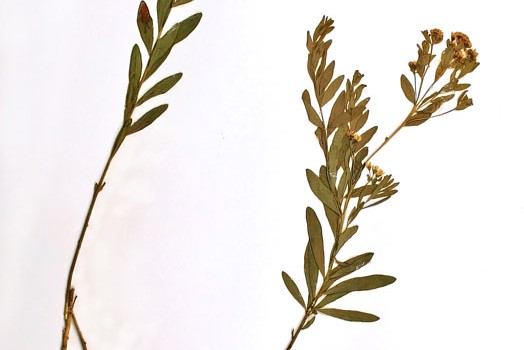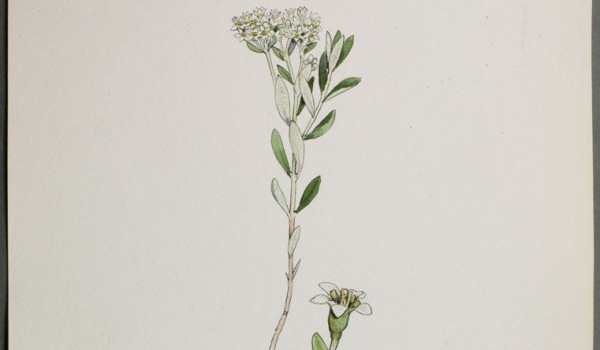Sandalwood (Santalaceae)
Pale Comandra
Comandra umbellata (L.) Nutt.These perennial plants spread by rhizomes. They obtain some of their nutrients by sending out underground suckers that attach to the roots of other plants, including trees and shrubs, and siphoning off some of the sap. Their flowers have no noticeable scent, but provide a nectar source for butterflies, flies, bees and beetles, some of which act as pollinators. Small mammals, such as mice, likely eat the fruits, helping distribute the seeds.
Flower Colour:
- White
Flowering Season:
- Spring
- Summer
Flowering Months:
- April
- July
- June
- May
Canadian Rarity Status:
Not rare. Listed as “sensitive” in British Columbia and Prince Edward Island, and “may be at risk” in Yukon and Nova Scotia.
Physical Appearance:
Several clustered stems (1-7) grow 5-50 cm tall. The alternate, oval-shaped leaves have smooth edges, and short to no stalks. Small, shallow, tube-shaped flowers occur in compact, flattened clusters of 12 or more. Each one has five white, flared sepals with light green or rose accents, and several yellow stamens. Petals are absent. Fruits are single-seeded and berry-like.
Similar Species:
Long-leaved Bluets, Northern Bedstraw, Sea Milkwort (Glaux maritima L.)
Gardening Notes:
Seeds and/or plants may be available from greenhouses and seed supply companies specializing in native plants. These plants are a good addition to a dry prairie garden.
Canadian Distribution:
- Alberta
- British Columbia
- Manitoba
- New Brunswick
- Newfoundland/Labrador
- Northwest Territories
- Nova Scotia
- Ontario
- Prince Edward Island
- Quebec
- Saskatchewan
- Yukon
Prairie Types:
- Fescue Prairie
- Mixed Grass Prairie
- Tall Grass Prairie
Habitats:
- Open Woodlands
- Prairies
Moisture Conditions:
- Dry
- Moderate
Light Preference:
- Full Sun
- Part Shade
Soil Preference:
- Gravel
- Loam
Associated Pollinators:
-
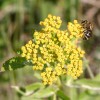 Andrenid Bees, Miner/Digger Bees (Andrenidae)
Andrenid Bees, Miner/Digger Bees (Andrenidae)
-
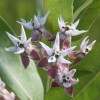 Ants (Formicidae)
Ants (Formicidae)
-
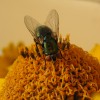 Blow Flies (Calliphoridae)
Blow Flies (Calliphoridae)
-
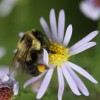 Bumble, Honey, and other Bees (Apidae (Subfamily Apinae))
Bumble, Honey, and other Bees (Apidae (Subfamily Apinae))
-
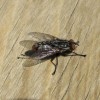 Flesh Flies (Sarcophagidae)
Flesh Flies (Sarcophagidae)
-
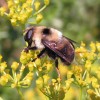 Flower Flies (Syrphidae)
Flower Flies (Syrphidae)
-
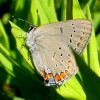 Gossamer-winged Butterflies (Lycaenidae)
Gossamer-winged Butterflies (Lycaenidae)
-
 Grass Flies (Chloropidae)
Grass Flies (Chloropidae)
-
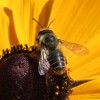 Leafcutter and Mason Bees (Megachilidae)
Leafcutter and Mason Bees (Megachilidae)
-
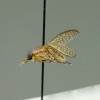 Marsh Flies (Sciomyzidae)
Marsh Flies (Sciomyzidae)
-
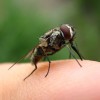 Muscid Flies (Muscidae)
Muscid Flies (Muscidae)
-
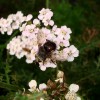 Parasitic Flies (Tachinidae)
Parasitic Flies (Tachinidae)
-
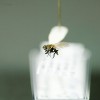 Root Maggot Flies (Anthomyiidae)
Root Maggot Flies (Anthomyiidae)
-
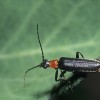 Soldier Beetles (Cantharidae)
Soldier Beetles (Cantharidae)
-
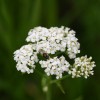 Soldier Flies (Stratiomyidae)
Soldier Flies (Stratiomyidae)
-
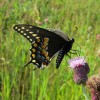 Swallowtail Butterflies (Papilionidae)
Swallowtail Butterflies (Papilionidae)
-
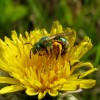 Sweat Bees, Halictid Bees and other Bees (Halictidae)
Sweat Bees, Halictid Bees and other Bees (Halictidae)






